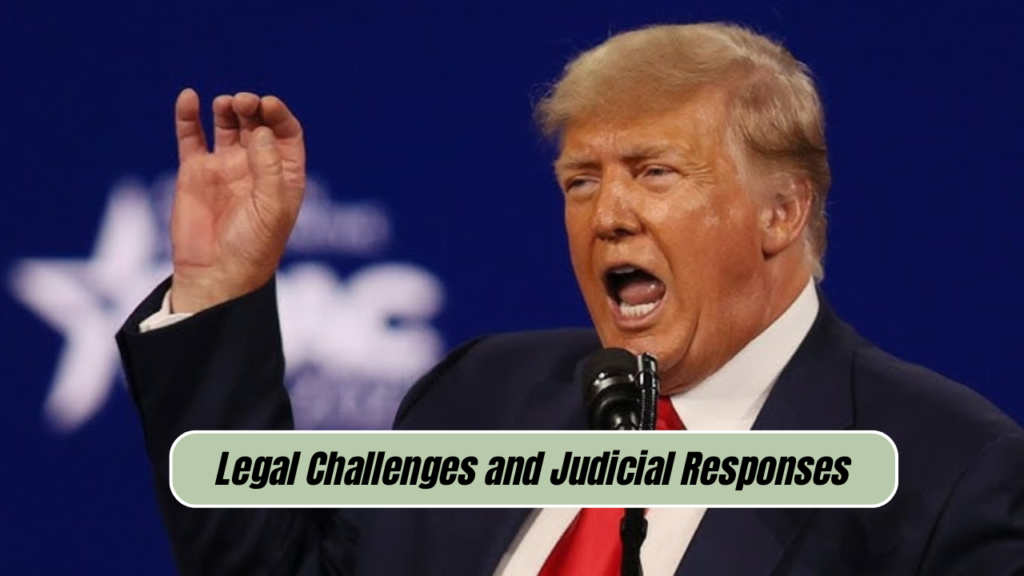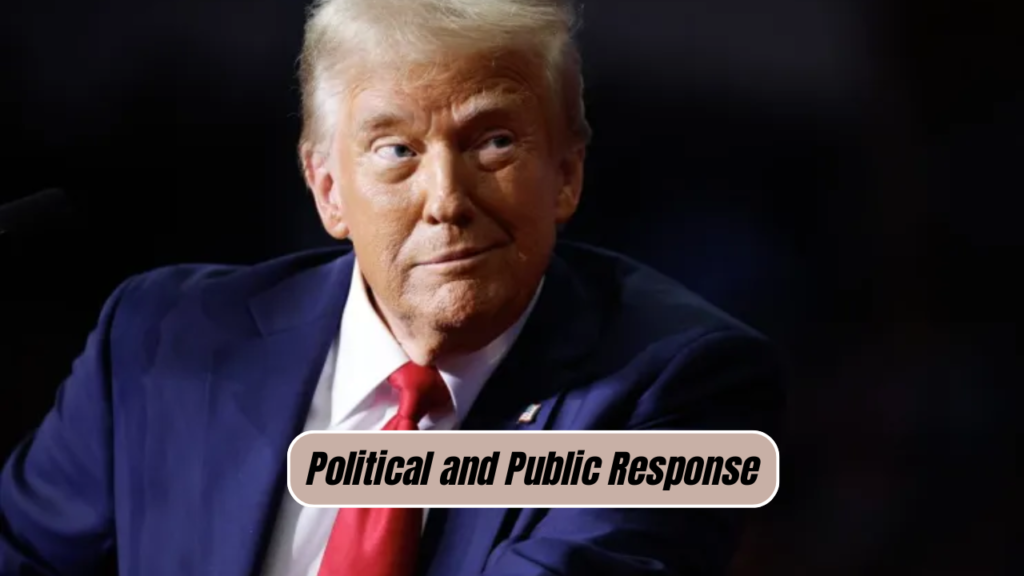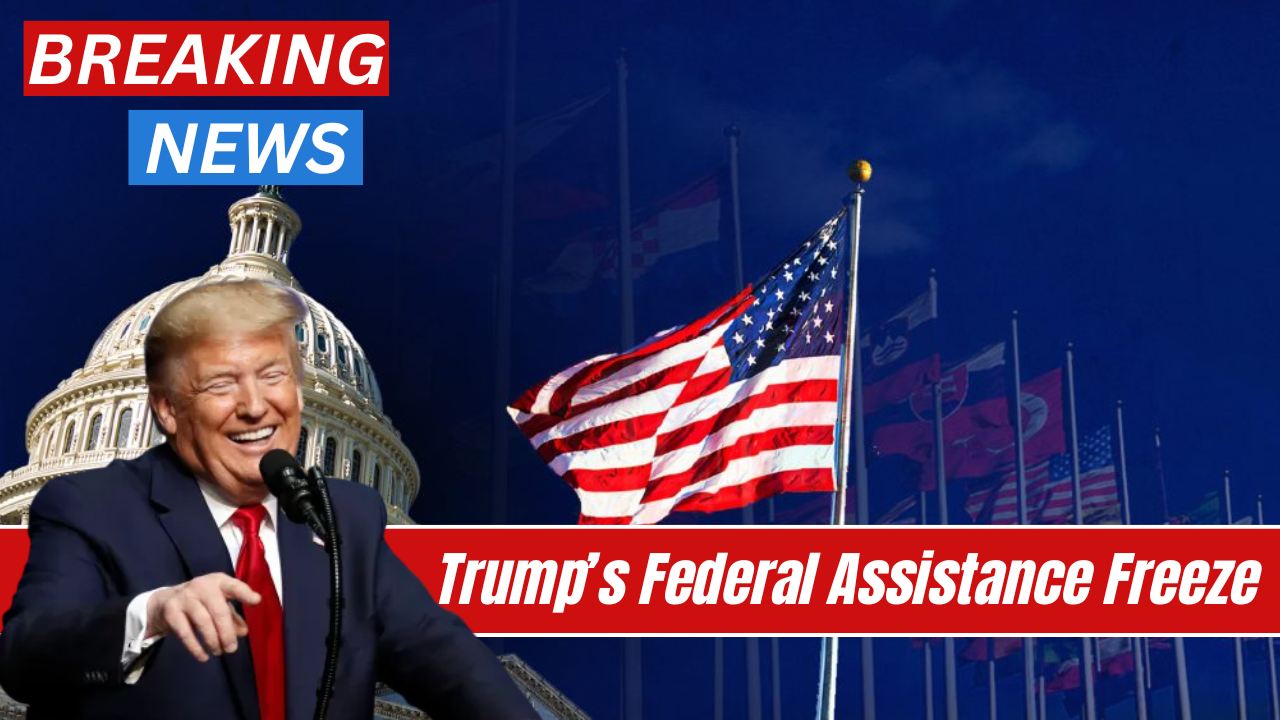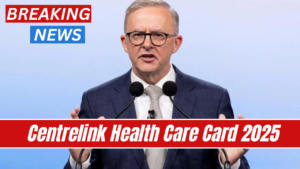Introduction
In early 2025, President Donald Trump launched a wide-ranging federal aid freeze, representing a major change in U.S. domestic and foreign policy. The action, defined by executive orders and administrative directives, sought to reassess and rebalance federal expenditure. The freeze extended to different sectors, such as education, healthcare, and foreign aid, and precipitated widespread controversy and litigation. This article explores the history, enactment, and implications of the federal aid freeze, offering an in-depth analysis of its impact on American society and international relations.
Origins of the Federal Aid Freeze
Upon returning to office in January 2025, President Trump prioritized fiscal austerity and a reevaluation of federal expenditures. Citing concerns over government overreach and inefficiencies, the administration sought to suspend federal grants and loans to assess their alignment with national interests. Executive Order 14169, titled “Reevaluating and Realigning United States Foreign Aid,” was signed on January 20, 2025, initiating a 90-day pause on all U.S. foreign development assistance programs. This order aimed to conduct a comprehensive review of aid programs, focusing on their effectiveness and alignment with U.S. priorities.
Implementation and Scope
The implementation of the aid freeze was swift and expansive. Key aspects included:
- Domestic Programs: The Office of Management and Budget (OMB) issued Memorandum M-25-13, directing agencies to suspend all federal grants and loans. This action affected programs such as Medicaid, student financial aid, and nonprofit support services.
- Foreign Aid: The U.S. Agency for International Development (USAID) halted the initiation of new projects, contract extensions, and most existing programs, except for emergency food assistance and military aid to Egypt and Israel.
- Education and Research: Funding for educational institutions and research initiatives faced significant cuts, with proposals to eliminate programs like Head Start and reduce budgets for agencies such as the National Institutes of Health (NIH) and the Centers for Disease Control and Prevention (CDC).

Legal Challenges and Judicial Responses
The federal aid freeze prompted immediate legal challenges. Critics argued that the executive branch overstepped its authority, violating the Impoundment Control Act of 1974, which restricts the president’s ability to withhold funds appropriated by Congress. Key developments included:
- Court Injunctions: Federal judges issued restraining orders against the funding freeze, citing the potential for widespread disruption to essential services.
- OMB Memo Rescission: In response to legal challenges, the White House rescinded OMB Memorandum M-25-13. However, Press Secretary Karoline Leavitt clarified that the rescission did not equate to lifting the funding freeze, emphasizing the administration’s commitment to implementing the executive orders.
Impact on Domestic Programs
The aid freeze had profound effects on domestic programs:
- Head Start: Funding for Head Start programs lagged by nearly $1 billion, leading to preschool closures and staff layoffs. Over 400 children in Sunnyside, Washington, were affected due to the closure of classrooms and the loss of essential services.
- Healthcare Services: Proposed cuts to the Department of Health and Human Services (HHS) included reductions in programs targeting HIV/AIDS, autism, chronic disease, teen pregnancy, and substance abuse. The NIH and CDC faced over 40% funding reductions, with some centers and programs being completely abolished.
- Education: The administration proposed freezing the maximum Pell Grant amount and eliminating Supplemental Educational Opportunity Grants, affecting low-income college students’ access to financial aid.
International Ramifications
The foreign aid freeze disrupted global humanitarian efforts:
- USAID Programs: The suspension of aid programs led to administrative confusion, with many USAID personnel placed on administrative leave. Humanitarian groups faced challenges in continuing life-saving programs, raising concerns about the effectiveness and reliability of U.S. aid.
- Global Perception: The abrupt halt in aid programs raised questions about America’s commitment to global partnerships and its role in international development.

Political and Public Response
The federal aid freeze elicited strong reactions:
- Political Opposition: Democratic leaders, including Senator Patty Murray and Senate Majority Leader Chuck Schumer, condemned the freeze as illegal and destructive. Legal opponents cited the Impoundment Control Act of 1974, arguing that the president cannot withhold funding for political purposes.
- Public Concern: The freeze caused widespread anxiety among beneficiaries of federal programs, including students, healthcare recipients, and nonprofit organizations. The uncertainty surrounding funding led to fears of job losses and reduced access to essential services.
Table: Key Areas Affected by the Federal Aid Freeze
| Sector | Impact |
|---|---|
| Education | Reduction in financial aid programs; proposed elimination of Head Start |
| Healthcare | Cuts to HHS programs; significant funding reductions for NIH and CDC |
| Foreign Aid | Suspension of USAID programs; disruption of global humanitarian efforts |
| Research | Decreased funding for scientific research and public health initiatives |
| Nonprofit Sector | Uncertainty and potential loss of funding for various community-based programs |
Conclusion
The 2025 federal aid freeze under President Trump marked a significant shift in U.S. policy, emphasizing fiscal austerity and a reevaluation of government spending. While aimed at aligning federal programs with national priorities, the freeze led to widespread disruption across various sectors, both domestically and internationally. Legal challenges and public outcry highlighted the contentious nature of the policy, raising questions about the balance of power between the executive branch and Congress. As the nation continues to grapple with the implications of the aid freeze, the importance of transparent and collaborative policymaking remains paramount.
FAQs
1. What was the primary objective of the federal aid freeze?
The federal aid freeze aimed to reevaluate and realign federal spending to ensure that aid programs aligned with the administration’s priorities, focusing on fiscal responsibility and national interests.
2. How did the aid freeze affect domestic programs?
The freeze led to proposed cuts and suspensions in various domestic programs, including education, healthcare, and nonprofit services, causing disruptions and uncertainty for beneficiaries.
3. What legal challenges arose from the aid freeze?
Legal opponents argued that the freeze violated the Impoundment Control Act of 1974, leading to court injunctions and the rescission of specific administrative memos, though the executive orders remained in effect.
4. How did the international community respond to the foreign aid freeze?
The suspension of USAID programs disrupted global humanitarian efforts, raising concerns about the reliability of U.S. aid and its commitment to international development partnerships.
5. What is the current status of the federal aid freeze?
While certain administrative directives were rescinded, the executive orders implementing the aid freeze remain in effect, with ongoing legal and political debates surrounding their legitimacy and impact.



